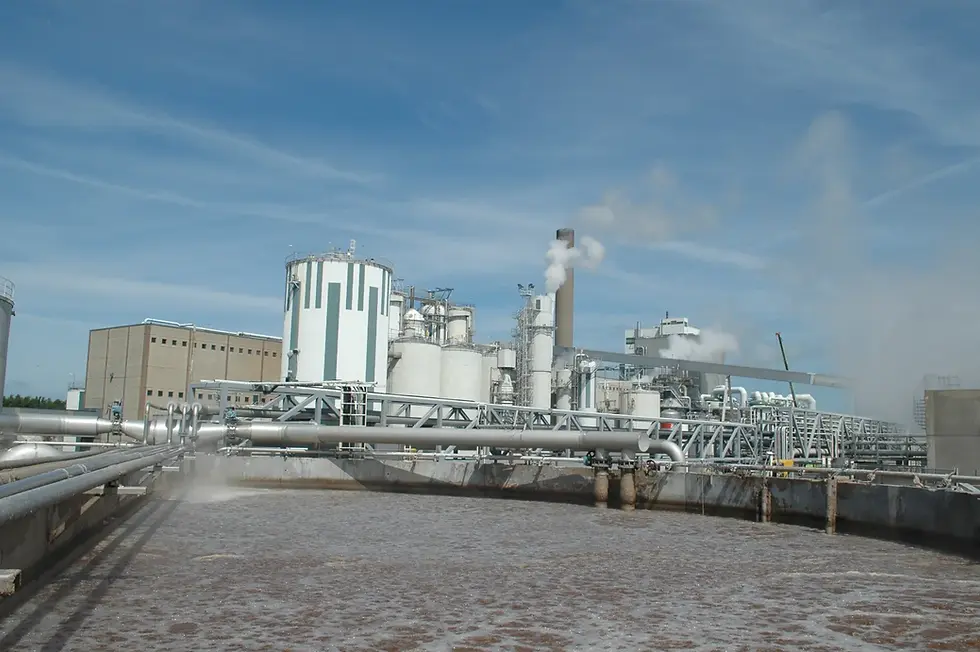Flexible ‘Swing Plants’: Adapting to Market Demand with a Single Process Line
- cemnar0
- Jul 18
- 2 min read

Introduction: The Need for Flexibility in Chemical Manufacturing
In a competitive and fast-changing market, chemical manufacturers need production systems that can adapt quickly to shifting demand. Fixed, single-product plants are often slow to respond to market opportunities—especially in specialty chemicals like ethanolamines and glycol ethers, which serve highly dynamic sectors. Sulzer’s ‘Swing Plant’ design answers this need for agility, enabling companies to switch production modes sometimes in a matter of hours while maintaining world-class efficiency and product quality.
What is a Swing Plant?
A swing plant is engineered to produce multiple high-purity chemical products using the same process line, with rapid transitions between campaigns. In Sulzer’s context, that means the ability to move seamlessly between:
Ethanolamines: Monoethanolamine (MEA), Diethanolamine (DEA), Triethanolamine (TEA), and derivatives such as MDEA, TIPA, and DIPA
Glycol Ethers: PGME, EGBE, and various alcohol derivatives
The Sulzer Difference
Advanced mixing reactors that ensure uniform dispersion, quick heat removal, and narrow residence time drastically reducing side products and off-spec batches.
Optimized vacuum and low-temperature operating conditions to preserve yield and prevent by-product formation, regardless of product type.
Key Design Features Enabling Flexible Production
1. Modular and Adaptable Equipment
Sulzer’s systems use adjustable process modules that can be reconfigured through automated controls and minimal manual intervention. Changeovers are engineered to be fast and efficient, supported by robust mixing and heat transfer systems compatible with all relevant feedstocks.
2. Smart Dosing and Feed Management
Precise dosing of reactants especially for sensitive or hazardous materials like ethylene oxide ensures both safety and product consistency, whether switching from amines to glycol ethers or vice versa.
3. Intuitive Process Control
Automated systems allow operators to change setpoints, valve positions, and feedstock inputs via a central control system, drastically reducing transition time between products and the risk of error.
4. No Catalyst, No High-Pressure Pumps
Sulzer swing plants run catalyst-free and typically without high-pressure pumping—further simplifying changeovers and maintenance, while supporting energy efficiency and safety.
Case Study: Rapid Market Response Through Swing Plant Technology
A specialty chemicals producer faced volatile demand between ethanolamine derivatives and glycol ethers. By implementing Sulzer’s swing plant solution, they rapidly transitioned production as orders changed reducing downtime and maximizing reactor utilization. The result: reduced inventory holding, faster lead times, and higher market responsiveness, all with guaranteed product purity.
Financial and Operational Benefits
Benefit | Impact |
Lower CAPEX | Single line replaces multiple dedicated units |
Faster payback | Higher utilization and market responsiveness |
Less downtime | Minimal changeover and cleaning requirements |
Consistent high purity | Robust process control and optimized mixing |
Simplified operations | Centralized process automation |
Conclusion: Flexibility as a Competitive Edge
Sulzer’s swing plant technology enables chemical manufacturers to pivot quickly to new products without sacrificing efficiency, purity, or safety. Whether building a new facility or revamping an existing one, integrating a swing plant is a strategic move that delivers both resilience and cost leadership in today’s agile marketplace.




